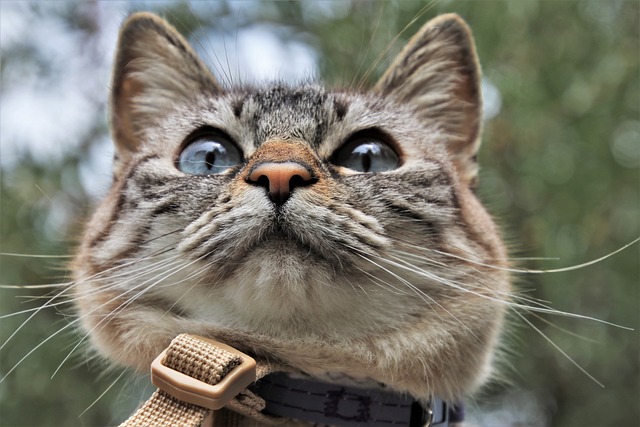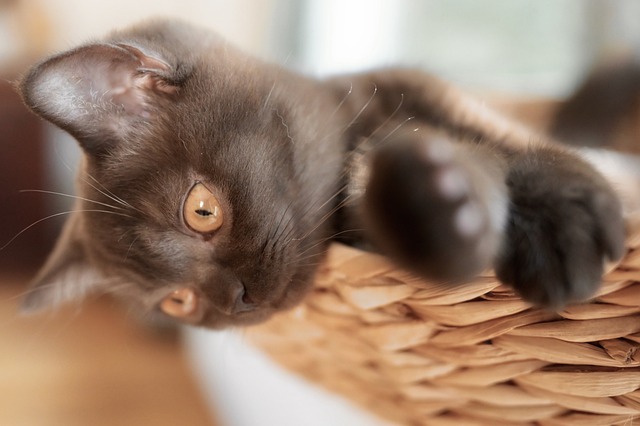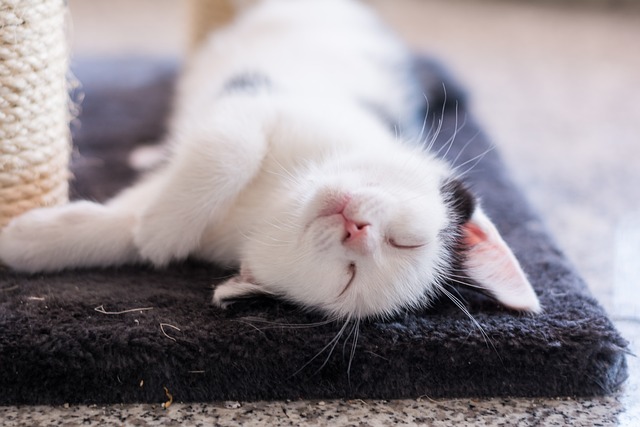
Introduction:
While cats are often perceived as aloof creatures, the reality is quite different. They experience a range of emotions, including fear, sadness, contentment, and affection. Understanding your cat’s emotional state is crucial, as recognizing when your feline friend is feeling down can lead to timely intervention and support.
Identifying Feline Sadness:

Deciphering a cat’s emotions can be challenging due to their subtle expressions. However, it’s essential to be attentive to potential signs of sadness. These may include:
- Vocal cues: Changes in meowing patterns, such as more frequent or unusually quiet meows, can signal unhappiness.
- Body language: Pay attention to ear position, tail posture, fur condition, and overall body language. These non-verbal cues can provide insight into your cat’s emotional state.
- Aggression or fear: Sad cats may exhibit increased reactivity, leading to behaviors like aggression or fearful reactions.
- Changes in behavior or personality: A cat experiencing sadness may become reclusive, lose interest in previously enjoyed activities, or display clinginess.
- Altered sleep patterns: While cats are known for their love of napping, excessive sleep, especially in different locations, can be indicative of feline sadness.
- Grooming habits: Poor grooming or a sudden change in grooming routine can be a sign of both unhappiness and potential health issues.
- Eating habits: A sudden loss of appetite or changes in dietary preferences may signify underlying emotional distress.
- Changes in bathroom habits: Inappropriate urination or defecation can be a way for a sad cat to cope with their emotions.
- Excessive scratching: Increased scratching may be an outlet for a cat experiencing stress or sadness.
Causes of Feline Sadness:

Understanding the potential triggers for feline sadness is crucial in providing appropriate support:
- Illness: Chronic or painful conditions can lead to depression in cats, affecting their overall happiness and behavior.
- Injury: Physical limitations and pain resulting from injuries can lead to a decrease in a cat’s overall well-being.
- Loss of a Loved One: The passing or absence of a family member (human or animal) can lead to temporary grief and depression in cats.
- Boredom: Indoor cats require mental and physical stimulation, and a lack thereof can lead to boredom, which may escalate to depression.
Addressing Feline Sadness:

If your cat is exhibiting signs of sadness, consider the following steps to help them feel happier:
- Bond and interact daily: Spend quality time with your cat through petting, cuddling, and engaging in interactive play.
- Provide stimulating toys: Offer a variety of toys and rotate them regularly to keep your cat mentally and physically engaged.
- Offer treats: A small treat each day can give your cat something to look forward to.
- Consider a companion: Assess your cat’s temperament and needs before introducing another pet to the household.
- Create visual stimulation: Place a bird feeder near a window for entertainment and mental engagement.
Conclusion:
Recognizing and addressing feline sadness is vital for your cat’s overall well-being. By observing their behavior, identifying potential causes, and implementing supportive measures, you can help your furry friend lead a happier and more fulfilling life.



